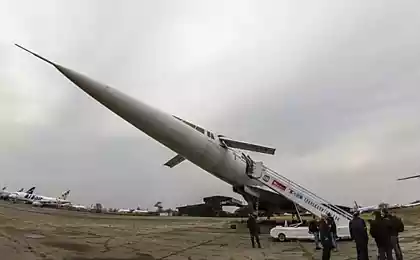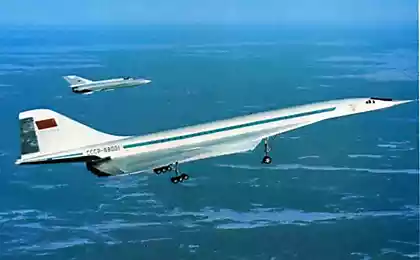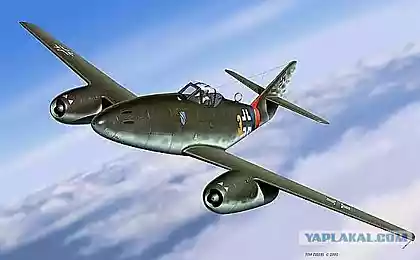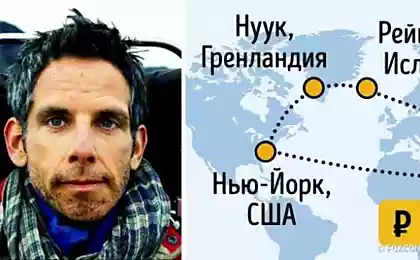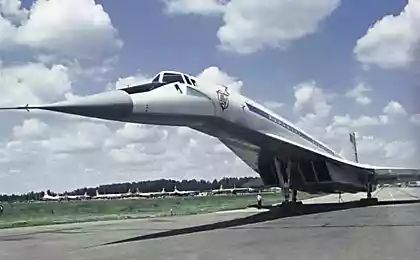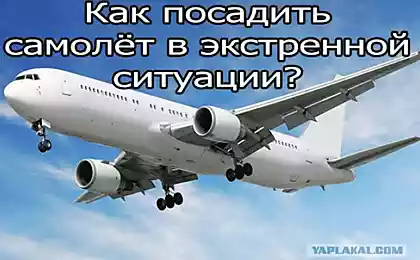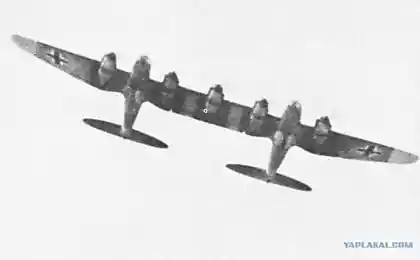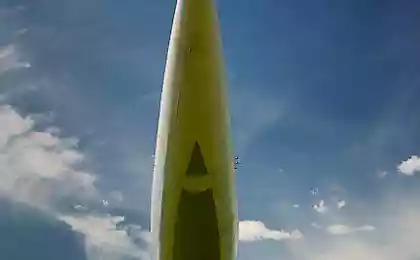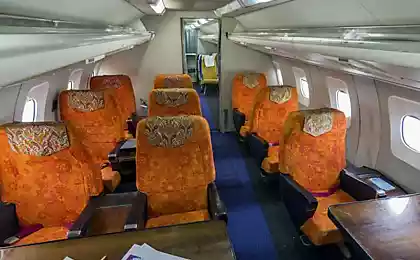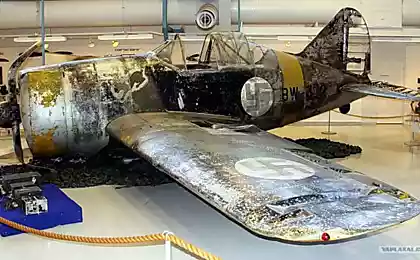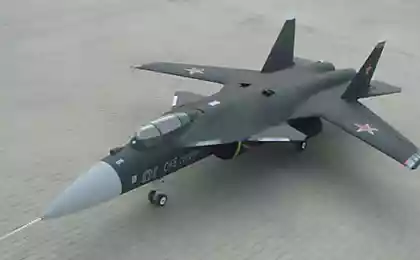1048
Atlas
I think most will agree with me that the beautiful planes in the air. On the ground, it's still not the same. But! There are two aircraft in the world that are good in the air and the ground. This VM-T (and of its predecessor 3M) and Tu-144.
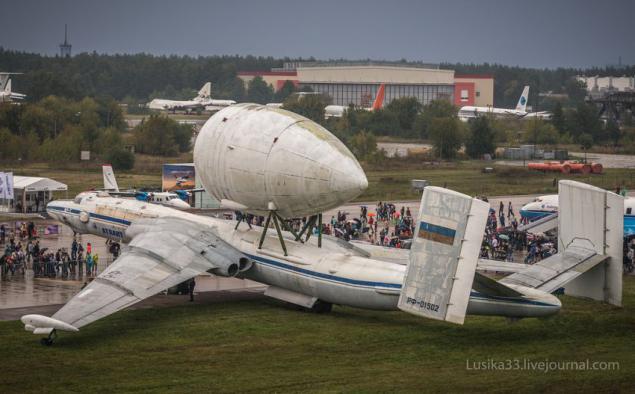
Resolution of the Party Central Committee and the Council of Ministers on February 17, 1976 Soviet industry was asked to create a universal rocket and space transport system (URKTS) "Dawn", which later received the name "Energy". She was supposed to put into orbit a variety of heavy vehicles, including videoconferencing and "Buran". Developers unique space complex had to deal with many different problems, including the problem of transportation of large blocks of missiles and video conferencing from the factory to the launch site, as well as from the landing site at the plant to prepare for the next start.
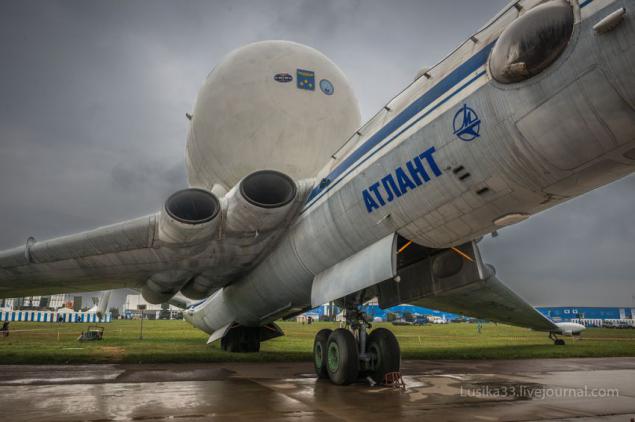
Specialists his OKB considered the possibility of upgrading for this task An-22 and came to the conclusion that it inexpedient planning in the future to get a special plane on the basis of produced An-124. But the decision needed to be found quickly, even if temporary. Under these conditions, at an opportune moment it had to offer Myasishcheva used to create unusual vehicle bomber ZM.
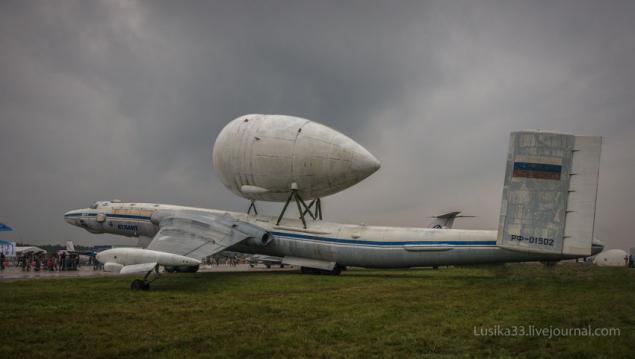
The new aircraft was to carry 4 different cargo: GBS - actually videoconferencing, weighing more than 50 tonnes and become the heaviest burden; 1GT - hydrogen tank rocket fairing with a total length of 40 m and a diameter of 7, 78 m (Emka fuselage sizes 51x3, 5 m!); 2GT - nose cone, oxygen tank and two rocket leaking compartment; HRT - returned to the plant nose and tail fairing of the burden 1GT.
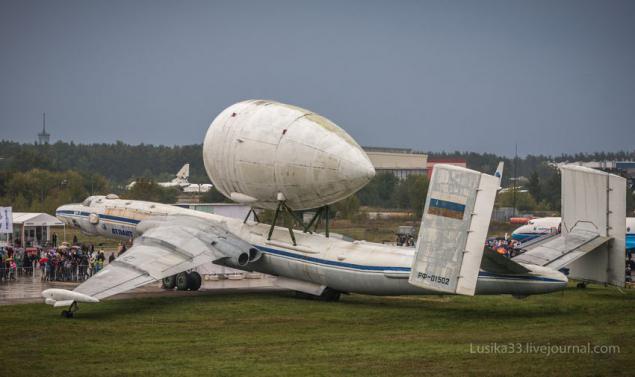
Design ZM-T was carried out in full swing when the October 14, 1978, died General Designer Vladimir Myasischev. Acting head of the EMZ was appointed Chief prochnist V.A.Fedotov company, on whose shoulders and went to care for the completion of the creation of unusual transporter. In the second half of 1979, pilot production EMZ received two dedicated Air Force aircraft MNH-2 (№1402 and 1502). Their alteration was carried out in close cooperation with a number of enterprises of the Ministry of Aviation Industry, and general engineering. Each Ehmke conducted extensive set of improvements, including installed a new tail and a tail, considerably strengthened landing gear and glider (eg, detachable part of the wing began trehlonzheronnymi) stitched bombolyuk, dismantled all weapons.

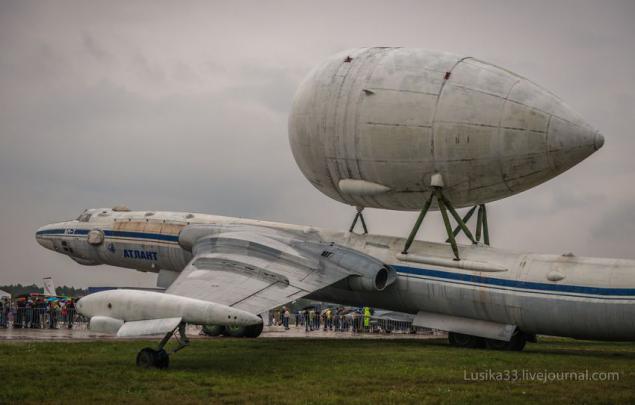
In March of the following year began jogging, and on April 29 the crew headed Kucherenko, for the first time raised the car into the air. The first phase of testing, despite their uniqueness, completed in the shortest possible time, and in April 1982 took two transport flight from Kuibyshev-Leninsk (Baikonur), which were delivered to the launch site and loads 1GT 2GT. In the same month, the first flight with the layout of the cargo and the aircraft made 1GT №1502.
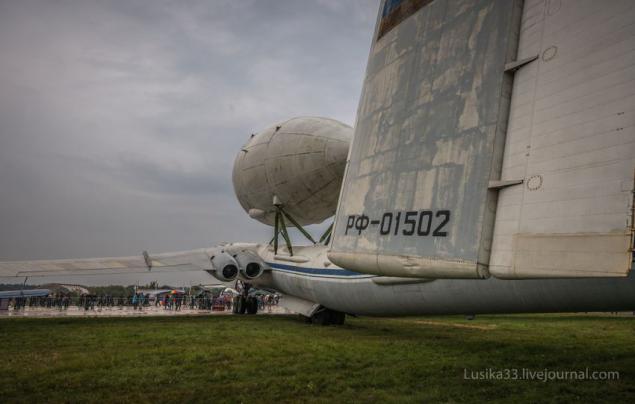
Interestingly, when one of these vehicles, painted in the colors of Aeroflot, and with the inscription on the board ZM-T, caught the eye of alert mode schiku, he categorically demanded to paint marking, testified last bomber aircraft. It do not have, but the number "3" corrected the letter "B" and received VM-T, although all the documents the machine continued to be held under the same designation (when the plane began to show at various air shows, some publications have deciphered the three mysterious letter as "Vladimir Myasischev traffic"). Later, the plane got its own name "Atlas».
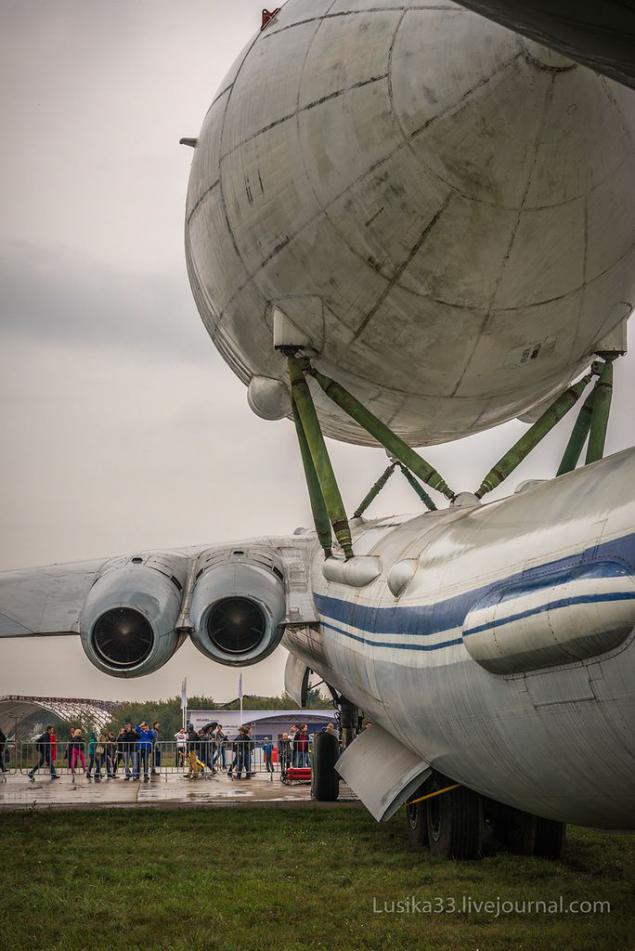
In 1983, testing began on the fuselage with a fixed layout FSI, which has no keel, but in the rear fairing was installed. It weighed less than "Buran", a little more than 45 tonnes. From 1 to 25 March 8 held in Zhukovsky flight, the last of which ended in failure. Due to an error in the second pilot edition of the chassis front support was not fixed along the longitudinal axis, and had become unmanageable, resulting in the crosswind landing aircraft drifted to the runway. He is buried in the ground on the wheel hubs, and then when removing the tractors on the strip was damaged. Layout videoconferencing successfully removed the heavy cranes with the "back" of the affected aircraft, and he himself had to be sent in for repair, which lasted until November.
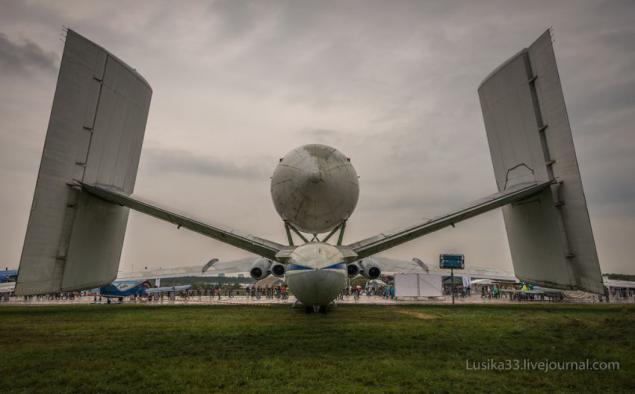
At the end of 1984 a car equipped with the system again №1402 refueling. It was assumed that it will carry out flights with cargo without intermediate landings. Revised spent a few "dry" test of contacts with the tanker MNH-2, however, the available data, no refueling during flight transport was not fulfilled.

In the second half of the eighties work on the program URKTS reached the stage of flight tests, and in the spring of 1987 aircraft VM-T was delivered to the launch site system components for their final assembly and start training. Alas, the first launch ended in failure - a giant hundred-ton rocket and the satellite fell into the ocean. This disaster greatly strengthened the position of the opponents of the program, which included not only partfunktsionery Gorbachev of the Central Committee, and prominent designers, rocket scientists. For example, against the system "Energy-Buran" in the form in which it then existed, he acted HSU famous astronaut, and in the mid-1980s. one of the main designers of space technology B.Feoktistov.

And yet another failed launch to prepare. With the VM-T was delivered to the launch site of the second URKTS and combat videoconferencing. "Buran" arrived at the Baikonur since the keel, but without many of the systems, as load emki not allowed to transport it fully assembled. Held on 15 October 1988 ended with the launch of an unmanned famous triumphal landing, but this success on the fate of the program had no effect. Soon, the work turned, and a couple of "Atlantis" was left out in the cold. In total, they have made 150 test and commercial flights.
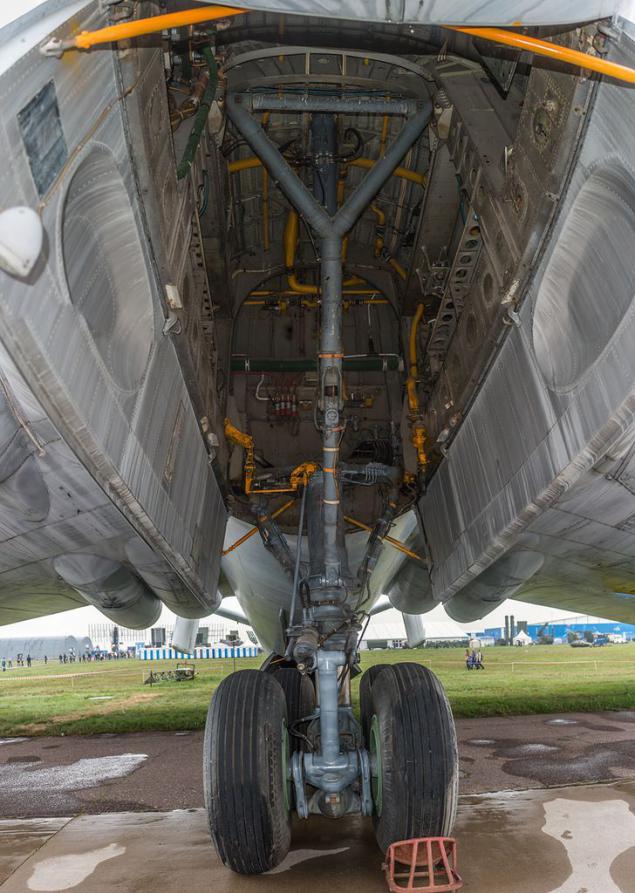
At EMZ them. V. Myasishev trying to find a unique use of special plane. In 1990-ies. among the various projects considered the option of using the VM-T for air testing rocket motor cryogenic fuel D-57, which showed interest in India. Also conducted preliminary studies for the creation of on the basis of the plane ZM huge transport systems designed for transportation of various oversized cargo, as well as for air start looking videoconferencing. However, while all these projects remain on paper.

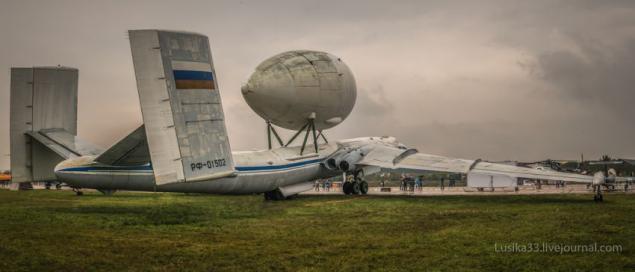

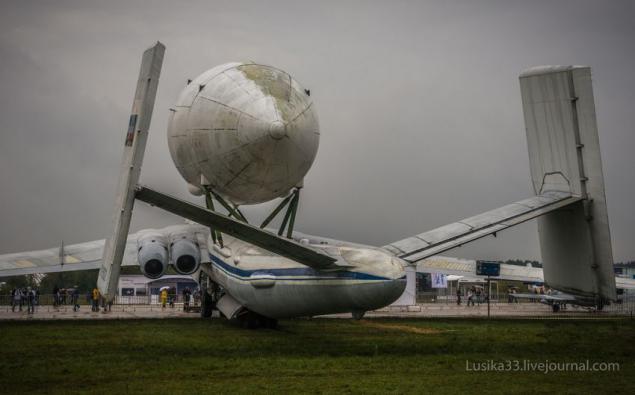
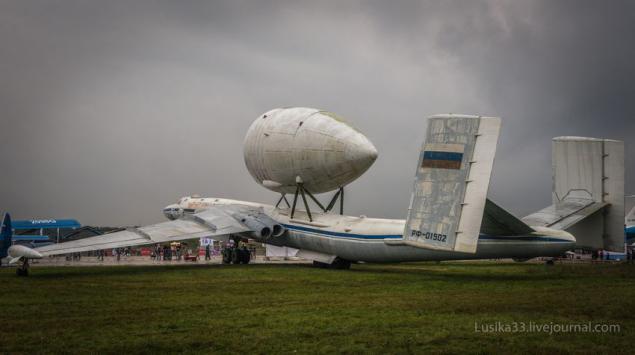
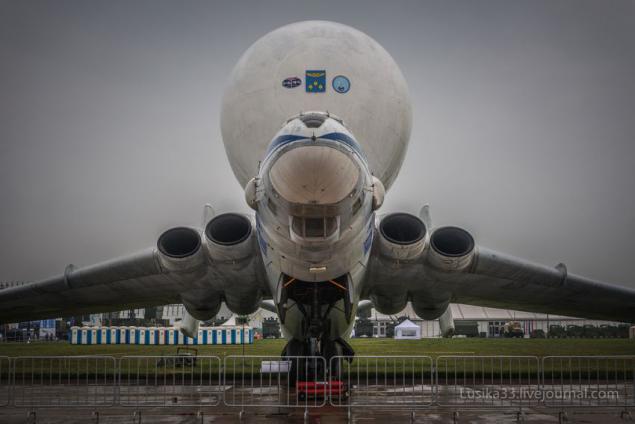
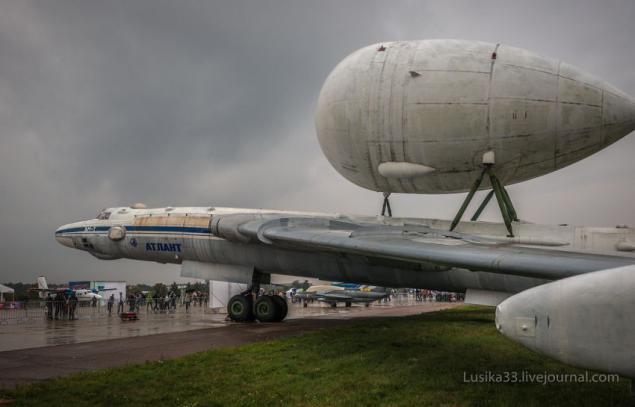

Source: lusika33.livejournal.com

Resolution of the Party Central Committee and the Council of Ministers on February 17, 1976 Soviet industry was asked to create a universal rocket and space transport system (URKTS) "Dawn", which later received the name "Energy". She was supposed to put into orbit a variety of heavy vehicles, including videoconferencing and "Buran". Developers unique space complex had to deal with many different problems, including the problem of transportation of large blocks of missiles and video conferencing from the factory to the launch site, as well as from the landing site at the plant to prepare for the next start.

Specialists his OKB considered the possibility of upgrading for this task An-22 and came to the conclusion that it inexpedient planning in the future to get a special plane on the basis of produced An-124. But the decision needed to be found quickly, even if temporary. Under these conditions, at an opportune moment it had to offer Myasishcheva used to create unusual vehicle bomber ZM.

The new aircraft was to carry 4 different cargo: GBS - actually videoconferencing, weighing more than 50 tonnes and become the heaviest burden; 1GT - hydrogen tank rocket fairing with a total length of 40 m and a diameter of 7, 78 m (Emka fuselage sizes 51x3, 5 m!); 2GT - nose cone, oxygen tank and two rocket leaking compartment; HRT - returned to the plant nose and tail fairing of the burden 1GT.

Design ZM-T was carried out in full swing when the October 14, 1978, died General Designer Vladimir Myasischev. Acting head of the EMZ was appointed Chief prochnist V.A.Fedotov company, on whose shoulders and went to care for the completion of the creation of unusual transporter. In the second half of 1979, pilot production EMZ received two dedicated Air Force aircraft MNH-2 (№1402 and 1502). Their alteration was carried out in close cooperation with a number of enterprises of the Ministry of Aviation Industry, and general engineering. Each Ehmke conducted extensive set of improvements, including installed a new tail and a tail, considerably strengthened landing gear and glider (eg, detachable part of the wing began trehlonzheronnymi) stitched bombolyuk, dismantled all weapons.


In March of the following year began jogging, and on April 29 the crew headed Kucherenko, for the first time raised the car into the air. The first phase of testing, despite their uniqueness, completed in the shortest possible time, and in April 1982 took two transport flight from Kuibyshev-Leninsk (Baikonur), which were delivered to the launch site and loads 1GT 2GT. In the same month, the first flight with the layout of the cargo and the aircraft made 1GT №1502.

Interestingly, when one of these vehicles, painted in the colors of Aeroflot, and with the inscription on the board ZM-T, caught the eye of alert mode schiku, he categorically demanded to paint marking, testified last bomber aircraft. It do not have, but the number "3" corrected the letter "B" and received VM-T, although all the documents the machine continued to be held under the same designation (when the plane began to show at various air shows, some publications have deciphered the three mysterious letter as "Vladimir Myasischev traffic"). Later, the plane got its own name "Atlas».

In 1983, testing began on the fuselage with a fixed layout FSI, which has no keel, but in the rear fairing was installed. It weighed less than "Buran", a little more than 45 tonnes. From 1 to 25 March 8 held in Zhukovsky flight, the last of which ended in failure. Due to an error in the second pilot edition of the chassis front support was not fixed along the longitudinal axis, and had become unmanageable, resulting in the crosswind landing aircraft drifted to the runway. He is buried in the ground on the wheel hubs, and then when removing the tractors on the strip was damaged. Layout videoconferencing successfully removed the heavy cranes with the "back" of the affected aircraft, and he himself had to be sent in for repair, which lasted until November.

At the end of 1984 a car equipped with the system again №1402 refueling. It was assumed that it will carry out flights with cargo without intermediate landings. Revised spent a few "dry" test of contacts with the tanker MNH-2, however, the available data, no refueling during flight transport was not fulfilled.

In the second half of the eighties work on the program URKTS reached the stage of flight tests, and in the spring of 1987 aircraft VM-T was delivered to the launch site system components for their final assembly and start training. Alas, the first launch ended in failure - a giant hundred-ton rocket and the satellite fell into the ocean. This disaster greatly strengthened the position of the opponents of the program, which included not only partfunktsionery Gorbachev of the Central Committee, and prominent designers, rocket scientists. For example, against the system "Energy-Buran" in the form in which it then existed, he acted HSU famous astronaut, and in the mid-1980s. one of the main designers of space technology B.Feoktistov.

And yet another failed launch to prepare. With the VM-T was delivered to the launch site of the second URKTS and combat videoconferencing. "Buran" arrived at the Baikonur since the keel, but without many of the systems, as load emki not allowed to transport it fully assembled. Held on 15 October 1988 ended with the launch of an unmanned famous triumphal landing, but this success on the fate of the program had no effect. Soon, the work turned, and a couple of "Atlantis" was left out in the cold. In total, they have made 150 test and commercial flights.

At EMZ them. V. Myasishev trying to find a unique use of special plane. In 1990-ies. among the various projects considered the option of using the VM-T for air testing rocket motor cryogenic fuel D-57, which showed interest in India. Also conducted preliminary studies for the creation of on the basis of the plane ZM huge transport systems designed for transportation of various oversized cargo, as well as for air start looking videoconferencing. However, while all these projects remain on paper.








Source: lusika33.livejournal.com


